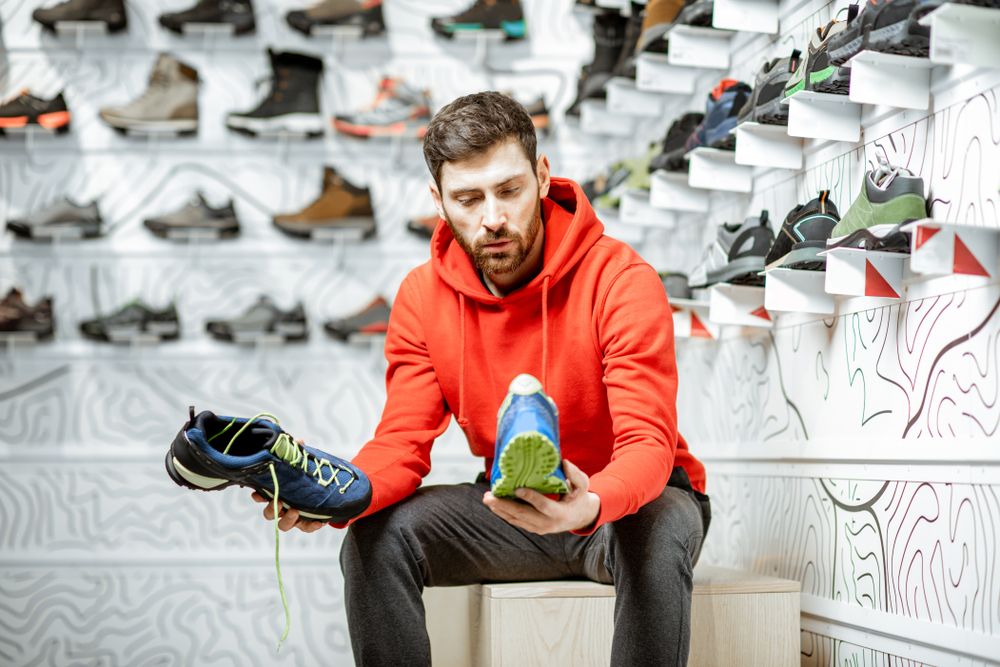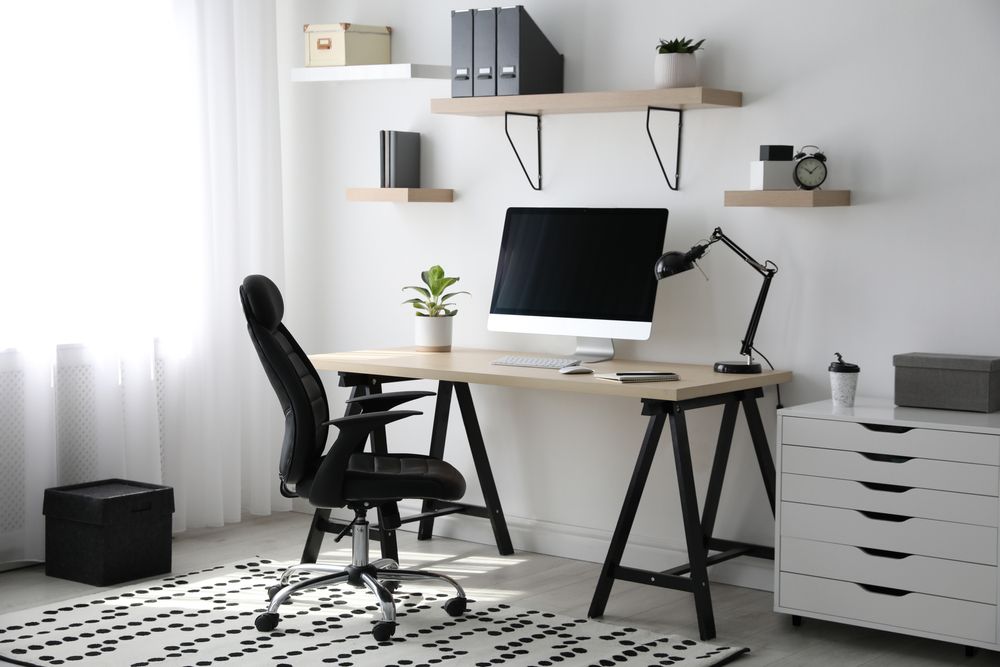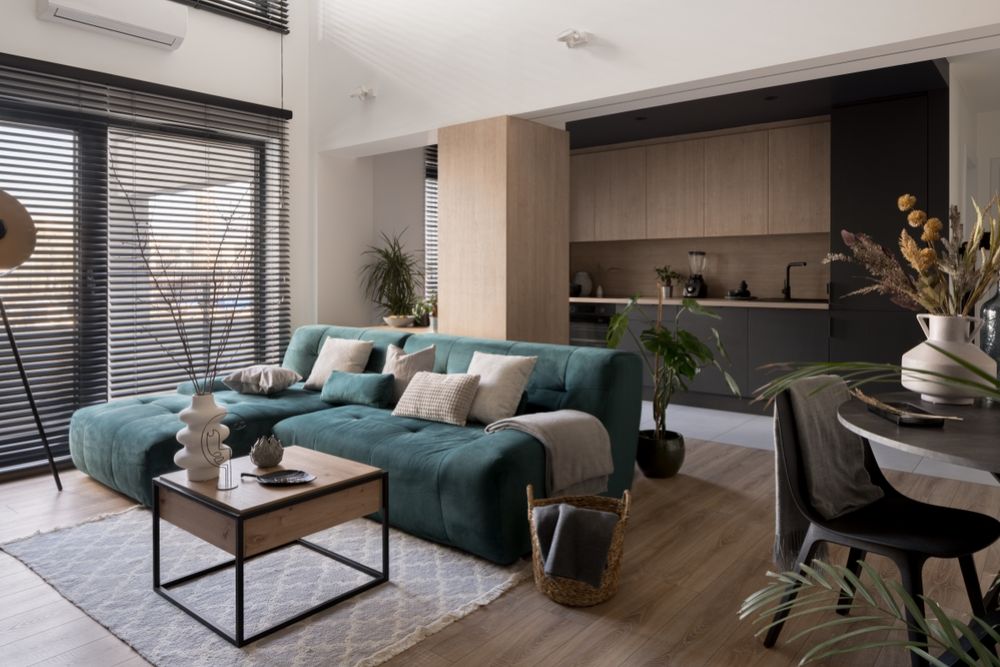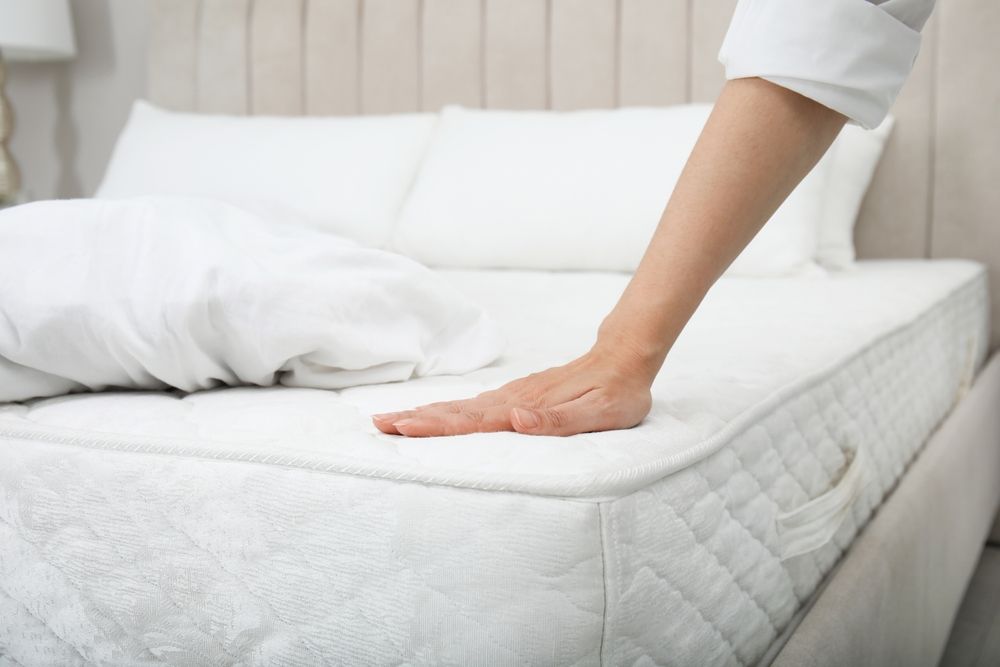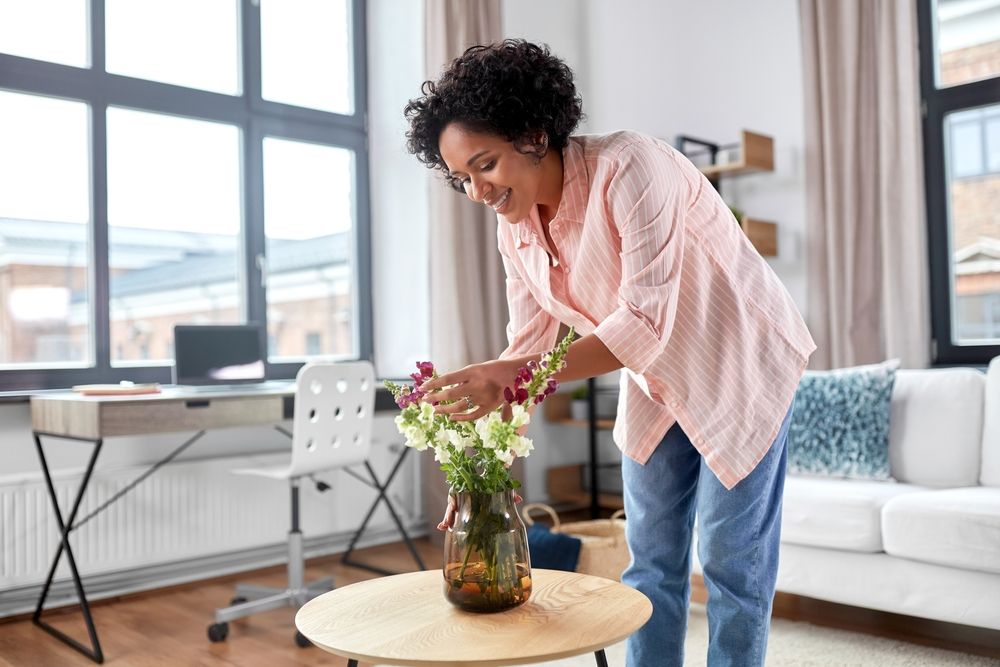The right pair of shoes can do more than just complete an outfit—they can provide comfort, enhance confidence, and set the tone for how you’re perceived. But with countless styles and functions, selecting the appropriate footwear for each event can feel overwhelming. Whether you’re dressing for a formal dinner, heading out for a weekend hike, or trying to find the perfect work shoe, matching form and function is key. This guide explores how to choose the right shoes for various occasions, highlighting style, comfort, and practicality so you can step out with confidence every time.
1. Why Shoes Matter
Why It Matters
Shoes can be the difference between a polished, put-together look and an ensemble that falls flat. Moreover, ill-fitting or improper shoes can cause discomfort and even long-term foot issues. Paying attention to design, support, and suitability for the setting ensures you’re comfortable and stylish.
Key Points
- Form: The shoe’s aesthetic should align with the event’s dress code and your personal style.
- Function: Different occasions (sporting vs. formal) demand specific performance or comfort features.
- Fit: No matter the style, a proper fit is crucial—pinched toes or loose heels can ruin your day and harm your feet over time.
Takeaway: Shoes are a synergy of style and utility. Choose pairs that merge both, ensuring you look great and feel comfortable.
2. Day-to-Day Office Wear
Why It Matters
The workplace often requires a balance of professionalism and all-day comfort. Depending on office culture—strict business formal or more casual—your shoes can range from polished oxfords to sleek loafers or modest heels.
Popular Styles
- Men’s Dress Shoes
- Oxfords: A timeless, lace-up design with a closed lacing system—ideal for traditional corporate environments.
- Derbies or Bluchers: A slightly more relaxed cousin of the oxford, with open lacing, suitable for business casual contexts.
- Loafers: Slip-on shoes in leather or suede for a laid-back yet refined vibe—good for business casual.
- Women’s Dress Shoes
- Pumps: A classic, closed-toe heel—choose a moderate heel height (2–3 inches) for daily comfort.
- Block Heels: Offer more support than stilettos, reducing foot strain.
- Flats or Loafers: For more casual or creative workplaces, these provide comfort without sacrificing professionalism.
Comfort Tips
- Pick Padded Footbeds: Ample cushioning helps during extended hours on your feet or walking around the office.
- Heel Height: Keep it moderate for daily wear (1–3 inches). Too high can lead to back or foot discomfort.
Takeaway: For everyday work environments, invest in high-quality, comfortable shoes that align with your office’s dress code—classic, versatile styles that can pair with multiple outfits.
3. Formal and Black-Tie Events
Why It Matters
Special occasions like weddings, galas, or black-tie affairs often demand elevated footwear that matches the attire’s level of formality. It’s worth focusing on impeccable details, premium materials, and a refined silhouette.
Formal Men’s Shoes
- Patent Leather Oxfords: A go-to for tuxedos or formal suits. The shiny finish elevates the elegance.
- Velvet Slippers: Occasionally worn with smoking jackets or very formal wear—adds a dash of vintage-inspired flair.
Formal Women’s Shoes
- Stiletto Heels: A classic choice for evening gowns or cocktail dresses, but comfort can be an issue if you’re standing for hours.
- Peep-Toe or Strappy Heels: Provide a dressier look—ensure a secure fit to avoid slipping.
- Dressy Flats: For those who can’t or don’t want to wear heels, embellished flats (with tasteful beads or metallic accents) can still appear formal.
Takeaway: In formal settings, lean on premium materials (patent leather, fine suede), minimalistic design, and impeccable finishing. Comfort is secondary but don’t overlook how long you’ll stand or dance.
4. Casual Weekend and Leisure
Why It Matters
Weekends often involve everything from grocery runs to casual hangouts. Shoes for these occasions should emphasize relaxed comfort without looking sloppy. Seek breathable materials and easy-to-wear designs.
Options
- Sneakers: From minimalist white leather styles to performance trainers. Perfect for errands, low-key social events, or walks in the park.
- Slip-Ons: Lightweight, no-fuss footwear that can pair well with jeans, shorts, or casual dresses.
- Sandals: Ideal for warmer climates or beach trips, but invest in well-made ones to avoid foot pain from flat soles.
Takeaway: Comfort and ease are top priorities. Casual shoes should let you move freely and match relaxed outfits—still presentable but more laid-back than formal dress shoes.
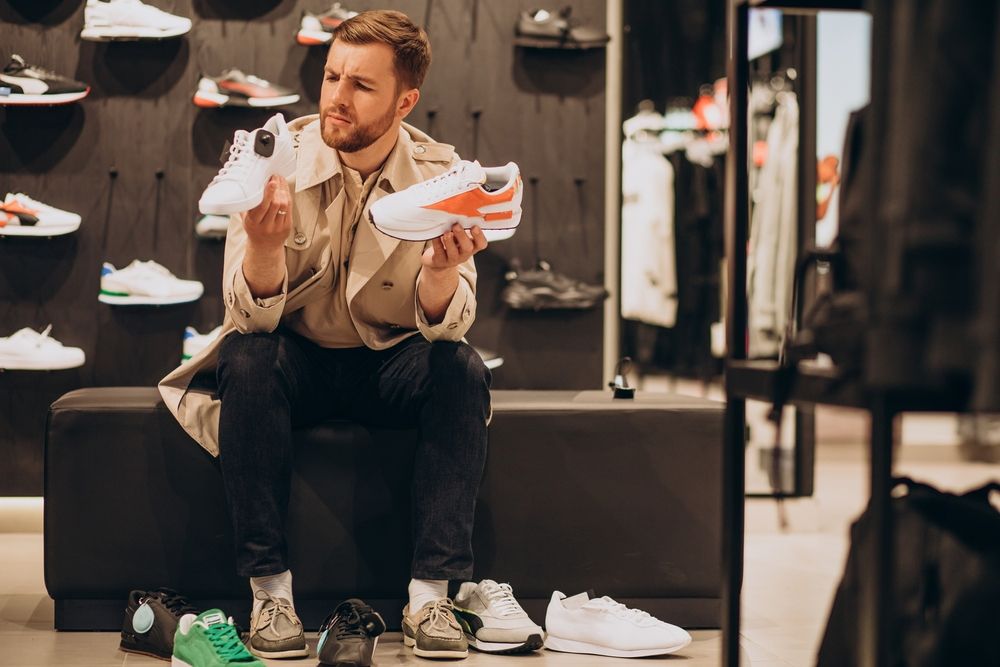
5. Athletic and Outdoor Adventures
Why It Matters
Shoes for running, hiking, or other sports must provide the right support, traction, and durability. Using casual sneakers for intense physical activity can lead to injuries, blisters, or shoe breakdown.
Key Considerations
- Running Shoes: Look for specialized cushioning, arch support, and breathable uppers tailored to your gait (neutral, overpronation, or underpronation).
- Hiking Boots or Trail Shoes: Need sturdy soles, ankle support (if it’s a boot), and waterproof or water-resistant materials for tackling muddy or rocky terrains.
- Gym/Training Footwear: Often have flatter soles for stability in weightlifting and lateral movements in cross-training workouts.
Takeaway: Match the shoe’s technical features to your athletic pursuits—protective hiking boots for rugged trails, proper running shoes for your marathon training, etc.
6. Seasonal and Weather Considerations
Why It Matters
Climate can dictate your shoe choices as much as formality. Wet or cold conditions require footwear that keeps you warm and dry, while hot summers call for breathable, lightweight designs.
Seasonal Tips
- Winter Boots: Opt for waterproof or water-resistant materials with good insulation. Treads that grip icy sidewalks reduce slips.
- Rainy Weather: Well-sealed boots or galoshes. Some formal shoes can have rubber soles if you need dryness and style.
- Summer Heat: Lightweight sneakers, sandals, or breathable loafers in materials like canvas or mesh to prevent sweaty feet.
Takeaway: Having at least one pair of reliable weather-appropriate shoes ensures you stay comfortable and maintain your footwear’s lifespan despite challenging conditions.
7. Fit and Comfort: Non-Negotiables
Why It Matters
Regardless of an event’s formality, shoes that cause blisters or foot pain will overshadow any style points. Ensuring a proper fit and supportive design is essential for daily foot health.
How to Ensure Proper Fit
- Measure Both Feet: Sometimes one foot is slightly larger; pick a size accommodating the larger foot.
- Try Shoes in the Afternoon: Feet can swell throughout the day, so testing at this time helps gauge a more realistic fit.
- Check Toe Box: Make sure there’s enough room for your toes to move without rubbing.
- Heel Security: Heels shouldn’t slip excessively with each step; a snug but comfortable hold is best.
Takeaway: Prioritize fit and comfort. No matter how stylish a shoe is, if it doesn’t allow you to walk comfortably, it’s not worth the purchase.
8. Budget vs. Value
Why It Matters
A solid, versatile pair of dress shoes or well-constructed athletic sneakers might be pricier upfront, but they often last longer and provide better support. Conversely, cheap, trendy shoes can wear out fast or harm your feet.
Key Points
- Investment Pieces: High-quality leather dress shoes or premium running shoes can be re-soled or used over extended periods.
- Trendy Styles: If a design might go out of fashion soon, you might opt for a cheaper option.
- Sales and Deals: Seasonal or clearance sales let you snag quality footwear at reduced prices, maximizing value.
Takeaway: Consider cost-per-wear. Spending more on a pair you’ll use frequently and that offers lasting comfort typically beats buying multiple cheaper shoes that break down quickly.
Choosing the right shoes for every occasion is about balancing style, functionality, and comfort. From polished oxfords for the office to sturdy hiking boots that tackle rough terrain, each footwear type serves a purpose—and picking the wrong one can leave you uncomfortable or underdressed. Start by considering the context: a formal black-tie event demands sleek dress shoes, while a casual weekend trip might warrant breathable sneakers or laid-back loafers.
Don’t underestimate the power of fit and support—well-fitted, well-made shoes can protect your feet from strain and transform your daily routines. Factor in the climate too; the best pair of shoes won’t matter if they leave your feet soaked in the rain or freezing in snowy weather. Lastly, remember that quality often trumps quantity. A versatile, well-constructed pair can pay dividends in comfort and longevity over time. With these guidelines in mind, you’ll be well-prepared to navigate the wide world of footwear, stepping confidently into every event life throws your way.

